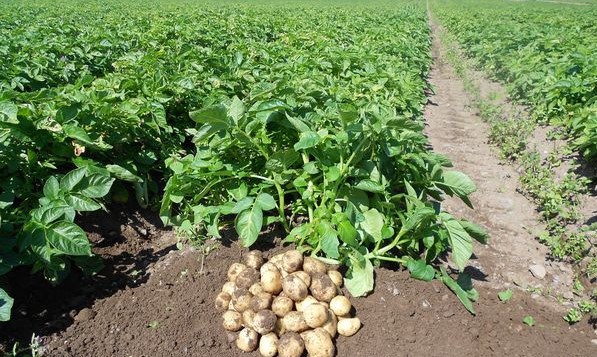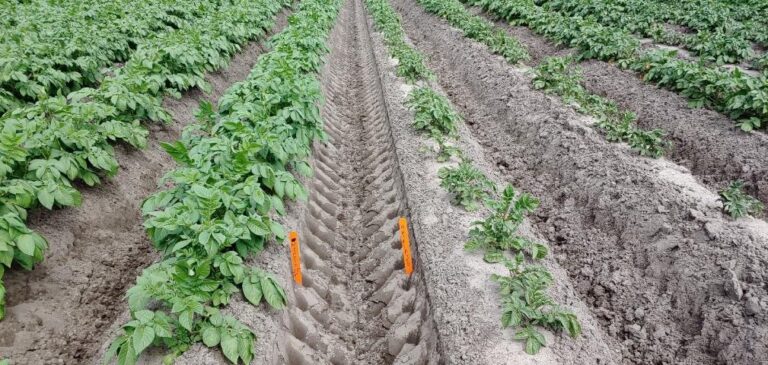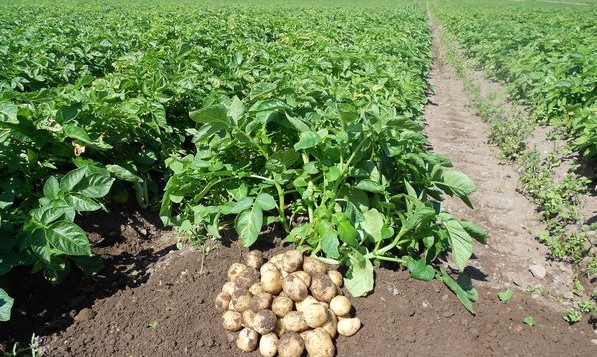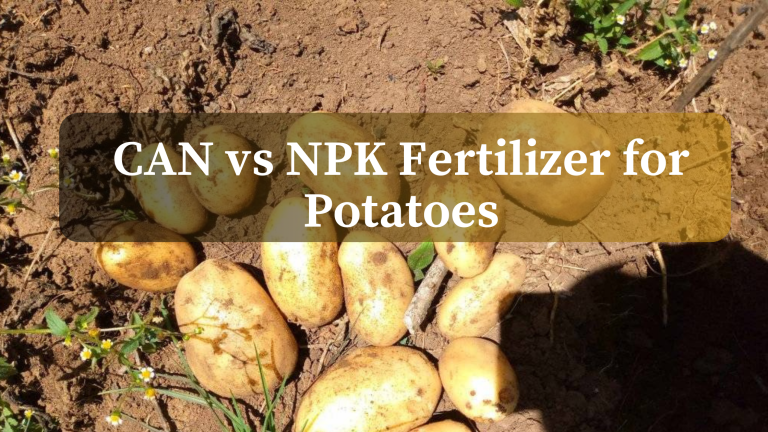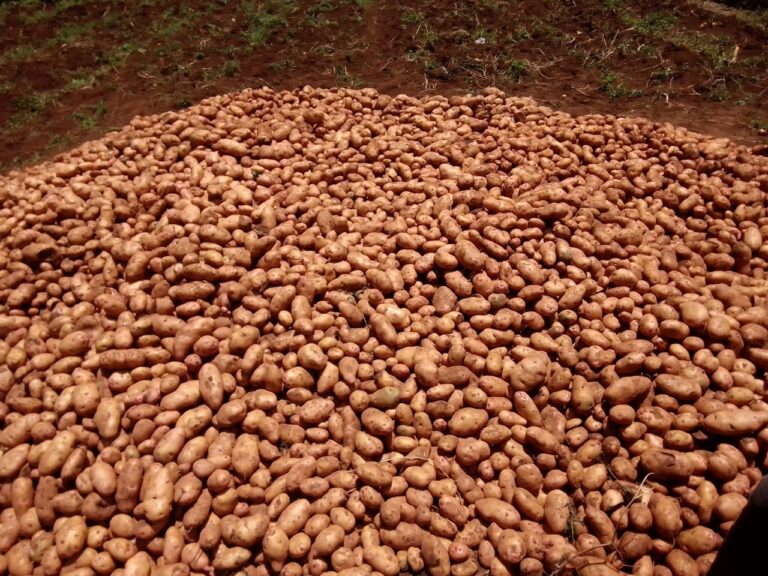Urea vs. CAN Fertilizers: Which is Better for Potatoes?
Both urea and CAN have their advantages and disadvantages for potato cultivation. Calcium Ammonium Nitrate (CAN) is typically better for potatoes due to its balanced nitrogen forms, reduced volatilization risk, and added calcium benefits. Urea offers high nitrogen content and cost-effectiveness but needs careful management to avoid nitrogen losses.
Ultimately, the best choice depends on specific field conditions, crop needs, and cost considerations.
By understanding the properties and proper application methods of each fertilizer, farmers can optimize potato growth and achieve higher yields
Urea vs. CAN Fertilizers
Both Urea and Calcium Ammonium Nitrate (CAN) are widely used nitrogen fertilizers, but they differ in composition, application, and effects on soil and crop growth. Understanding these differences is crucial for making informed decisions about which fertilizer is better suited for potato cultivation.
Urea Fertilizer
Composition of Urea Fertilizer:
- Urea contains 46% nitrogen, making it one of the highest nitrogen-concentration fertilizers available.
Application of Urea Fertilizer:
- Urea can be applied directly to the soil or as a foliar spray. It is also commonly used in fertigation (dissolved in irrigation water).
- When applied to the soil, urea must undergo hydrolysis, converting to ammonium and then to nitrate, which plants can absorb.
Advantages of Urea Fertilizer:
- High Nitrogen Content: Provides a concentrated source of nitrogen, which is essential for the vegetative growth and overall health of potato plants.
- Cost-Effective: Urea is often less expensive per unit of nitrogen compared to other nitrogen fertilizers.
- Versatility: Can be applied in various forms, including as a foliar spray, making it versatile in different farming practices.
Disadvantages of Urea Fertilizer:
- Volatilization Losses: Urea can lose nitrogen as ammonia gas if not properly incorporated into the soil, especially in warm, moist conditions.
- Soil pH Impact: Hydrolysis of urea can temporarily increase soil pH, followed by a decrease as ammonium converts to nitrate, potentially affecting nutrient availability.
- Risk of Burn: High concentrations can cause leaf burn if applied directly to foliage in hot, dry conditions.
Calcium Ammonium Nitrate (CAN) Fertilizer
Composition of Calcium Ammonium Nitrate (CAN) Fertilizer:
- CAN typically contains around 27% nitrogen, with half in the nitrate form and half as ammonium.
- It also contains about 8% calcium and small amounts of magnesium.
Application of Calcium Ammonium Nitrate (CAN) Fertilizer:
- CAN is applied directly to the soil, where both nitrate and ammonium forms are readily available for plant uptake.
Advantages of Calcium Ammonium Nitrate (CAN) Fertilizer:
- Immediate Availability: Provides both ammonium and nitrate forms of nitrogen, ensuring quick and prolonged nitrogen availability to plants.
- Reduced Volatilization: Less prone to nitrogen losses through volatilization compared to urea.
- Soil Health: The calcium in CAN can help improve soil structure and reduce soil acidity, promoting better root development and nutrient uptake.
- Consistent Performance: Performs well under various soil conditions and is less affected by pH changes compared to urea.
Disadvantages of Calcium Ammonium Nitrate (CAN) Fertilizer:
- Lower Nitrogen Concentration: Contains less nitrogen per unit compared to urea, which may require higher application rates.
- Cost: CAN is generally more expensive per unit of nitrogen compared to urea.
Which is Better for Potatoes?
The choice between urea and CAN depends on several factors, including soil conditions, crop requirements, and cost considerations.
1. Soil Conditions:
- Acidic Soils: CAN is preferable in acidic soils due to its calcium content, which helps neutralize acidity and improve soil structure.
- Volatile Conditions: In warm, moist conditions where volatilization is a concern, CAN is more stable and less prone to nitrogen losses compared to urea.
2. Crop Requirements:
- Rapid Nitrogen Uptake: CAN provides immediate nitrogen availability, which is beneficial during critical growth stages of potatoes, such as tuber bulking.
- Balanced Nutrition: The additional calcium in CAN supports better root development and overall plant health, which can be advantageous for potato crops.
3. Cost Considerations:
- Budget: Urea is more cost-effective per unit of nitrogen, making it a good option for farmers with budget constraints. However, the potential for nitrogen losses must be managed to ensure cost efficiency.
Recommended Practices for Potatoes
Using Urea:
- Incorporation: Incorporate urea into the soil to minimize volatilization losses. This can be done by tilling or applying before irrigation.
- Split Applications: Apply urea in split doses to match the nitrogen demand during different growth stages, reducing the risk of nitrogen loss and ensuring consistent availability.
- Monitoring: Regularly monitor soil pH and nutrient levels to address any potential imbalances caused by urea application.
Using CAN:
- Direct Application: CAN can be applied directly to the soil surface without the need for incorporation, reducing labor and application time.
- Balanced Fertilization: Combine CAN with other fertilizers to ensure a balanced supply of all essential nutrients, especially potassium and phosphorus, which are crucial for potato growth.
- Optimal Timing: Apply CAN during critical growth stages, such as early growth and tuber bulking, to provide immediate and prolonged nitrogen availability.
Conclusion
Both urea and CAN have their advantages and disadvantages for potato cultivation. CAN is generally better than urea for potatoes due to its balanced nitrogen forms, reduced risk of volatilization, and added calcium benefits.
However, urea can be effectively used if incorporated properly and managed well to minimize nitrogen losses. Ultimately, the best choice depends on specific field conditions, crop needs, and cost considerations.
By understanding the properties and proper application methods of each fertilizer, farmers can optimize potato growth and achieve higher yields.
